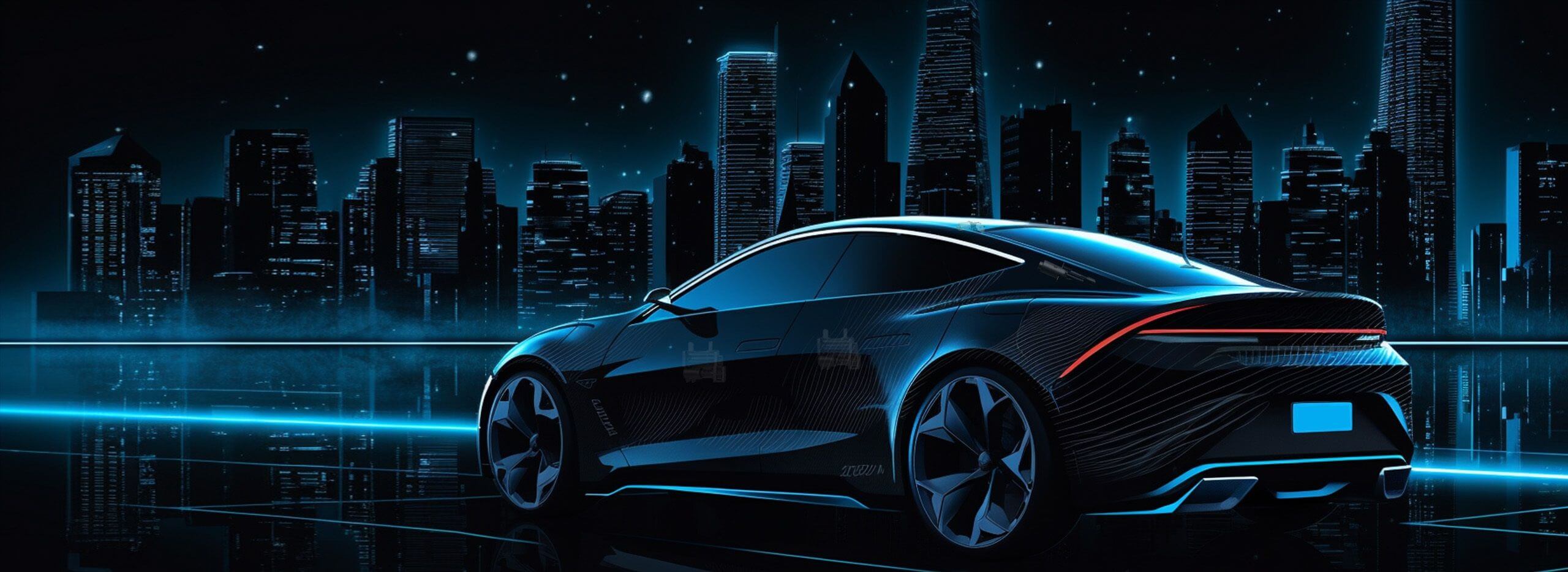When you’re diving into tools that need power, especially drills or RC vehicles, you've probably noticed two kinds of motors: brushed and brushless. It’s like comparing a vintage bike with a sleek new electric scooter—each has its charm, but they’re built very differently.

Brushed motors are the older, more familiar design. Think of them as the reliable classic—simple, straightforward, and inexpensive. They use carbon brushes that make contact with a rotating commutator, transferring power and causing the motor to turn. The main thing? This constant contact creates wear and tear over time. So, you might find yourself changing brushes after a while, especially if the motor is used heavily.
Now, brushless motors are a real game-changer. They ditch the brushes altogether—that’s a big deal. Instead, they rely on electronic controllers to switch the current in the windings, which drives the shaft. No brushes means less maintenance. But it’s also about efficiency. They tend to run cooler, provide more power, and last longer. Plus, the precision you get with these motors? Absolutely better. It’s like upgrading from a bicycle with a chain to a smooth, silent electric bike.
Here’s a quick mental picture: imagine you’re at a woodworking setup. A brushed motor is like a hand saw—manual, reliable, but a little rough around the edges. Meanwhile, a brushless motor? It’s your power saw—clean cuts, little vibration, and less fatigue over hours of use.
What makes the difference? Well, for starters, durability. Brushless motors excel in environments where long-term operation matters—no brushes to wear out means you get consistent performance over time. They also tend to be more efficient, transforming more electrical energy into actual work instead of heat. That’s why in high-performance gadgets, brushless motors dominate.
Of course, brushed motors can still shine where cost matters. They’re simpler to build and repair, which makes them a favorite for less demanding uses. Think about a basic hobbyist project—sometimes, simplicity rules.
A little curiosity: have you ever wondered if you could upgrade an existing brushed motor to a brushless one? Usually, it’s not just swapping parts. The control circuitry differs, so sometimes it’s about upgrading the entire system. But with the current trends, many new sets favor brushless for their longevity and performance.
Wondering which one makes sense for a specific purpose? If you want something that runs longer, with less fuss and better efficiency, brushless is the way. But if budget’s tight and the use is light, brushed might do the trick.
It’s interesting how technology moves forward, isn’t it? Choosing the right motor isn’t just about price—it’s about matching the magic inside each design to what you need. Whether you’re into DIY projects, high-intensity sports equipment, or precision machinery, knowing these differences can save you headaches later on.
Established in 2005, Kpower has been dedicated to a professional compact motion unit manufacturer, headquartered in Dongguan, Guangdong Province, China.




































